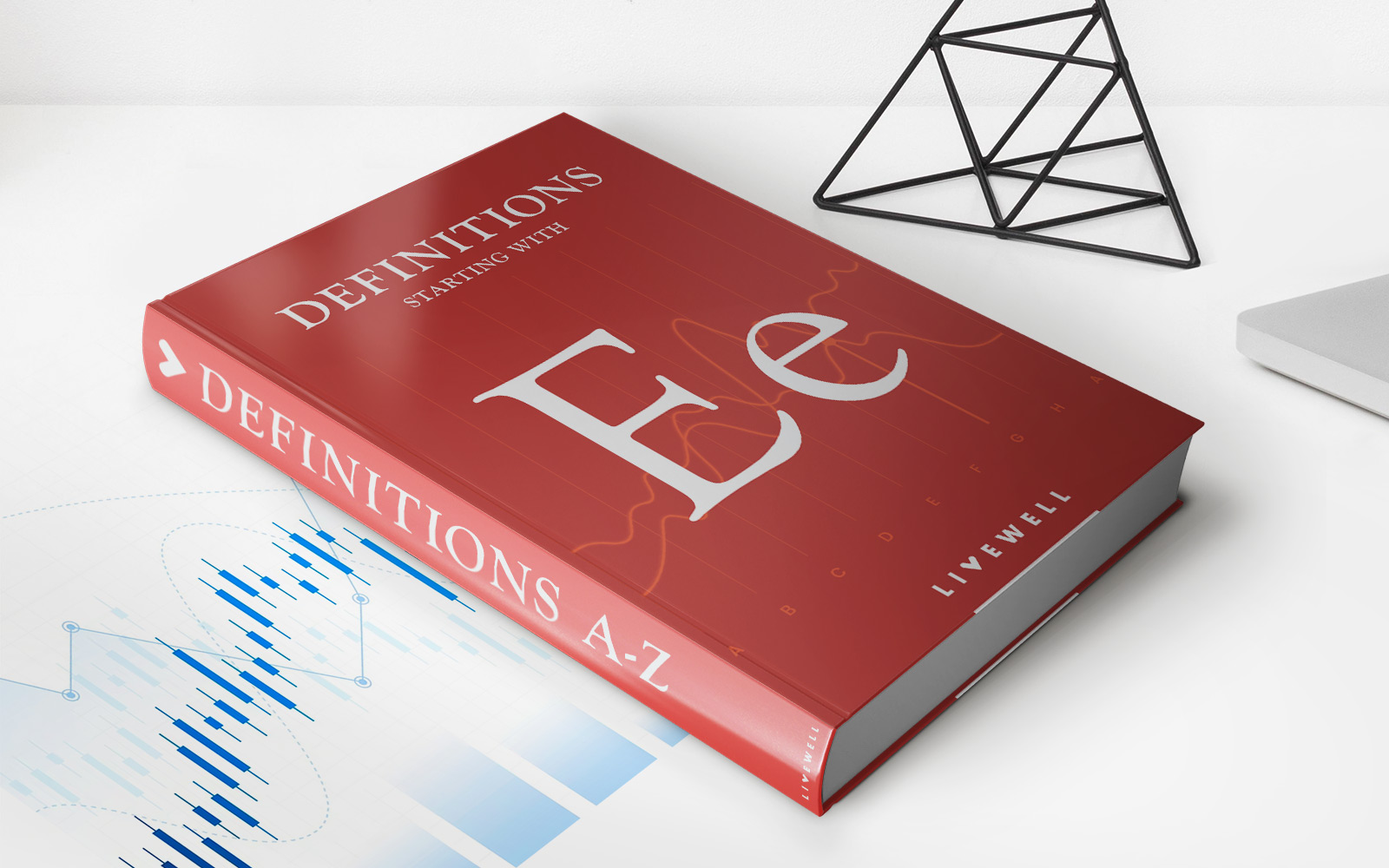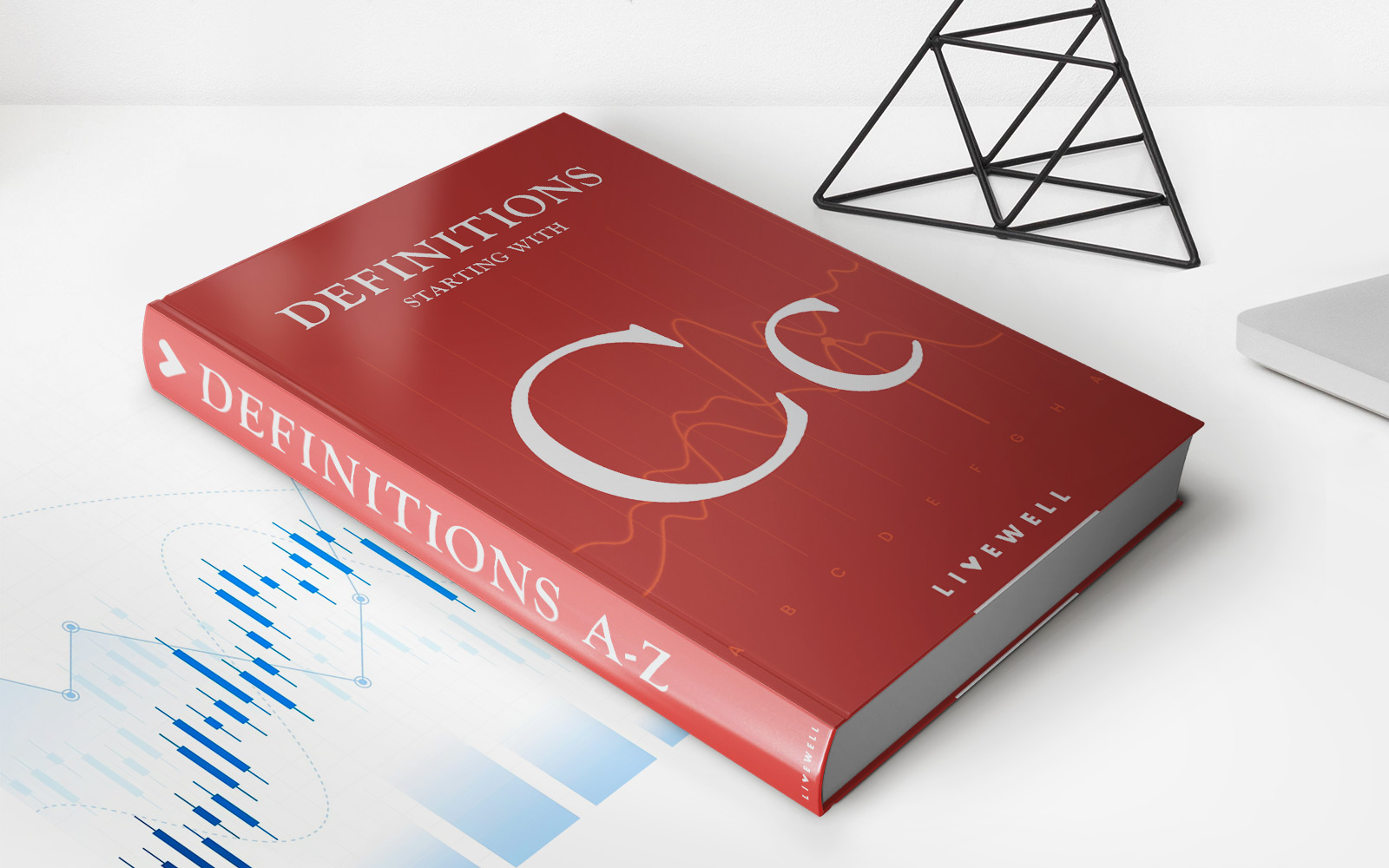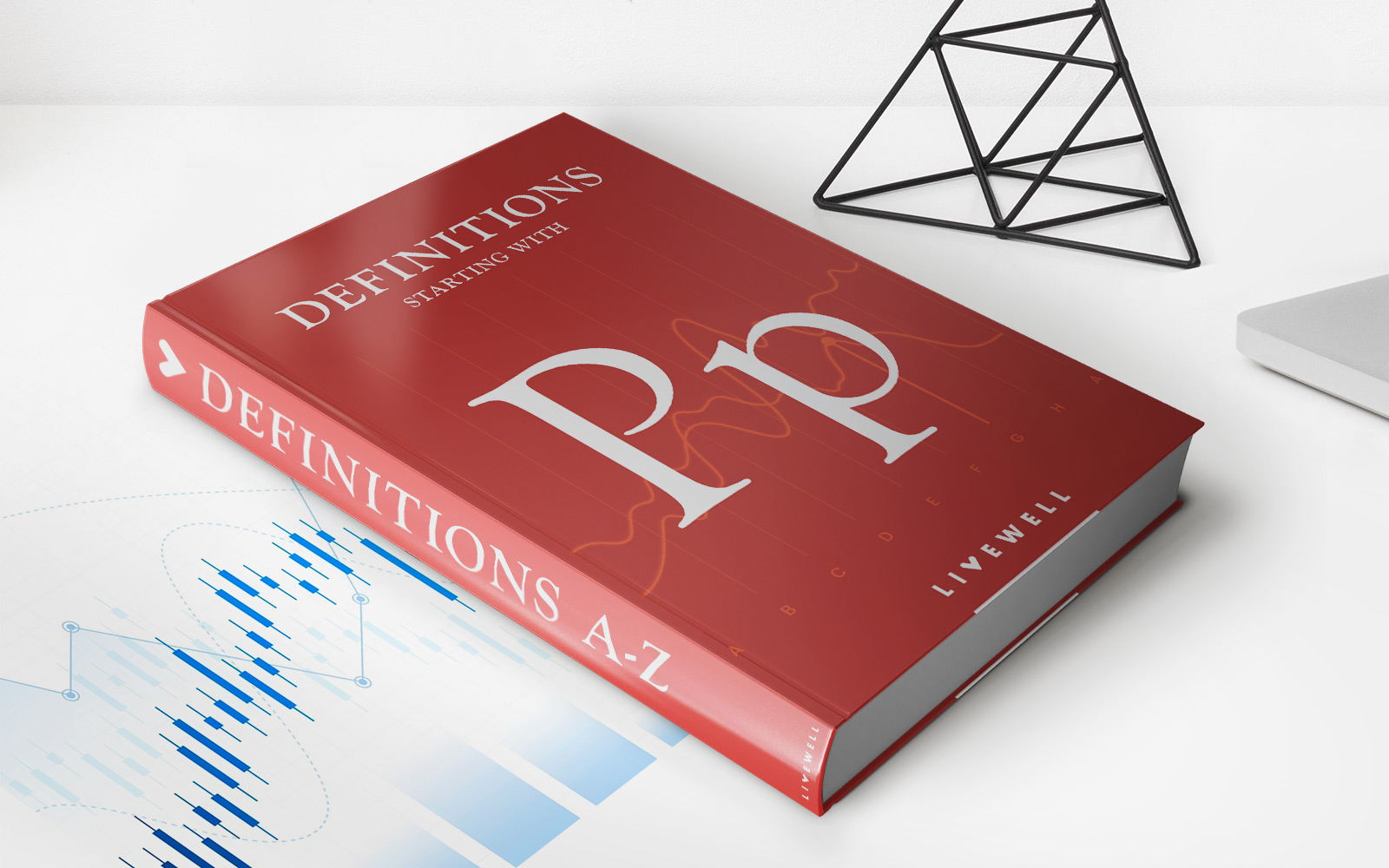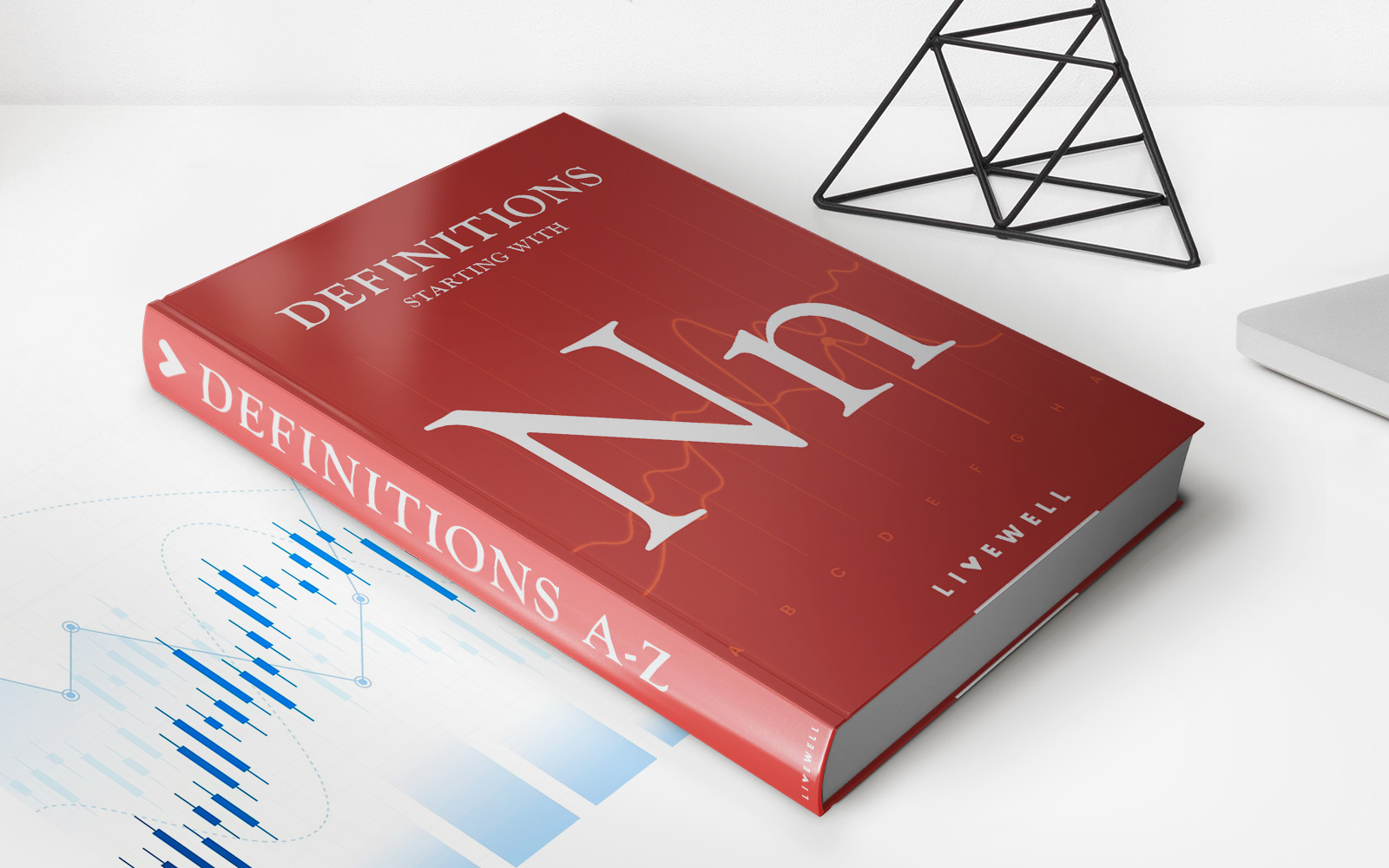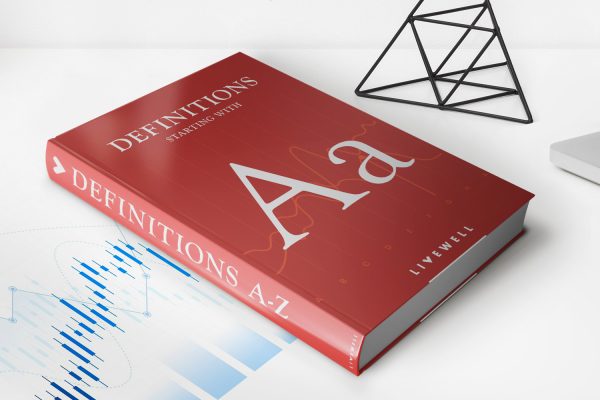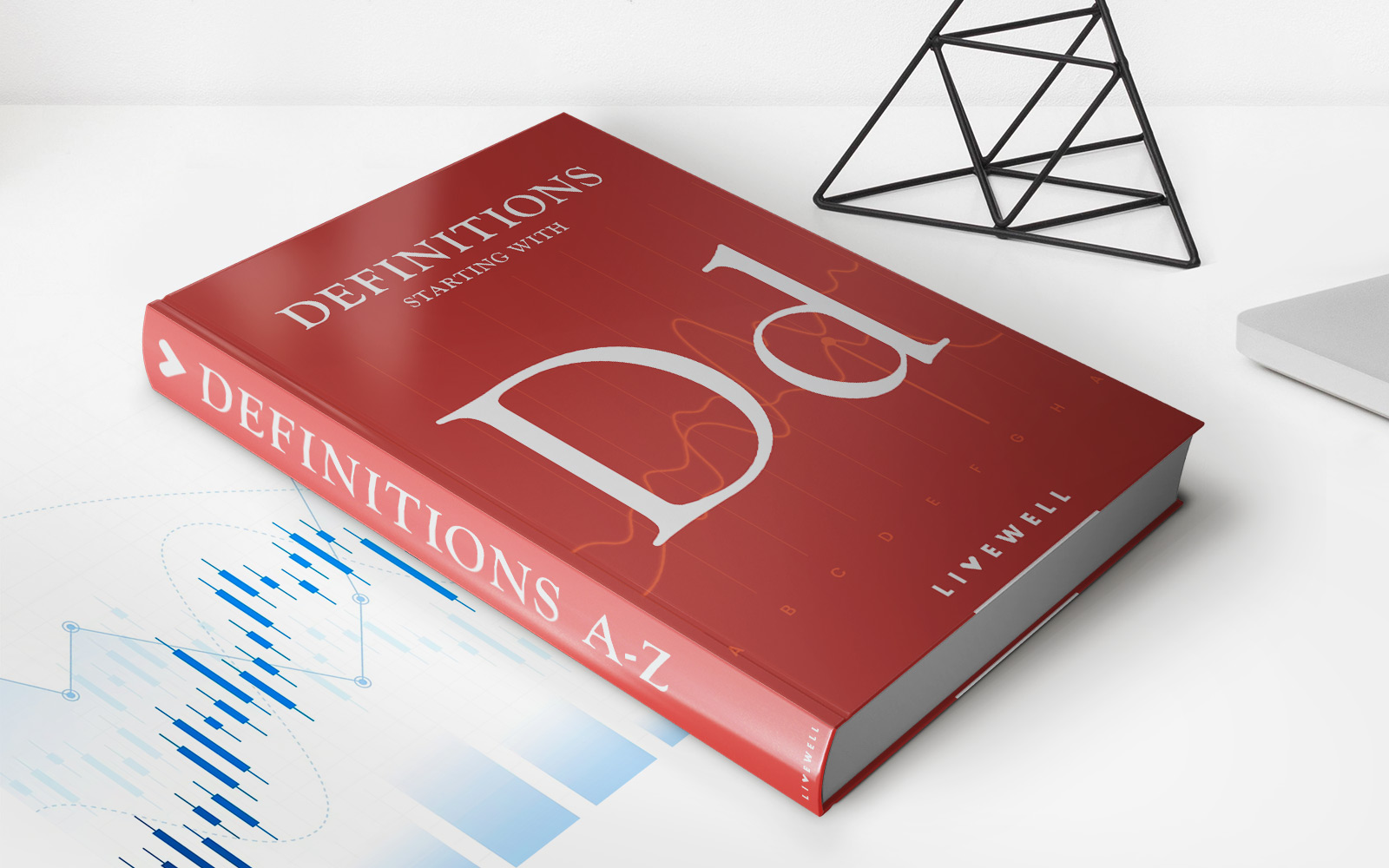

Finance
Nonaccrual Experience (NAE) Method Definition
Published: January 1, 2024
Learn the definition of Nonaccrual Experience (NAE) Method and its significance in the world of Finance.
(Many of the links in this article redirect to a specific reviewed product. Your purchase of these products through affiliate links helps to generate commission for LiveWell, at no extra cost. Learn more)
Understanding the Nonaccrual Experience (NAE) Method
When it comes to managing your finances, there are several factors that need to be taken into consideration. One important aspect is Nonaccrual Experience (NAE) Method. In this blog post, we will delve into the details of this method, explaining what it is, how it works, and its significance in the world of finance. So, without further ado, let’s get started!
Key Takeaways:
- The Nonaccrual Experience (NAE) Method is a measure used in finance to assess the risk associated with nonperforming loans.
- It helps banks and other financial institutions accurately account for the possibility of borrower default and estimate potential losses.
What is the Nonaccrual Experience (NAE) Method?
The Nonaccrual Experience (NAE) Method is a financial technique used to determine the potential loss on a loan. In essence, it allows banks and other lending institutions to account for the risk associated with loans that have not been performing well or are in default. By utilizing this method, financial institutions can accurately estimate their potential losses and make informed decisions regarding loan management.
Key point to note: The Nonaccrual Experience (NAE) Method primarily focuses on borrower behavior and historical trends to predict the likelihood of default and the level of loss that may occur. This method involves analyzing data about the nonperforming loans and the experiences of borrowers who have faced financial difficulties in the past.
How Does the Nonaccrual Experience (NAE) Method Work?
The Nonaccrual Experience (NAE) Method works by assessing the behavior of borrowers who have previously defaulted on their loans. Financial institutions collect data on these borrowers, analyzing factors such as their income, credit score, and financial hardship experienced. This information is used to create statistical models and calculate the potential loss that may be incurred on nonperforming loans.
The data collected allows banks to group borrowers into different categories based on their risk levels. This categorization helps banks determine the appropriate action to take with each loan, whether it be restructuring the loan, selling it to a collection agency, or charging off the loan as bad debt.
Key takeaway:
- The Nonaccrual Experience (NAE) Method uses historical borrower data to predict the potential loss on nonperforming loans.
- It assists financial institutions in making sound decisions about loan management, including restructuring, selling, or charging off the loan.
Significance of the Nonaccrual Experience (NAE) Method
The Nonaccrual Experience (NAE) Method plays a crucial role in enhancing the accuracy of loan loss recognition within the financial industry. It helps banks and lending institutions identify potential problem loans at an early stage, allowing them to take appropriate actions and mitigate potential losses. By utilizing this method, financial institutions can make informed decisions, protect their financial stability, and ensure the efficient functioning of the overall financial system.
Overall, the Nonaccrual Experience (NAE) Method is a valuable tool in risk assessment and management. It provides crucial insights into the behavior and trends of borrowers who have faced financial difficulties, improving the accuracy of loan loss estimation. By implementing this method, financial institutions can minimize their exposure to risk and safeguard their financial well-being in an ever-changing economic landscape.
So, next time you come across the term Nonaccrual Experience (NAE) Method, you’ll have a better understanding of what it means and its significance in the world of finance.

